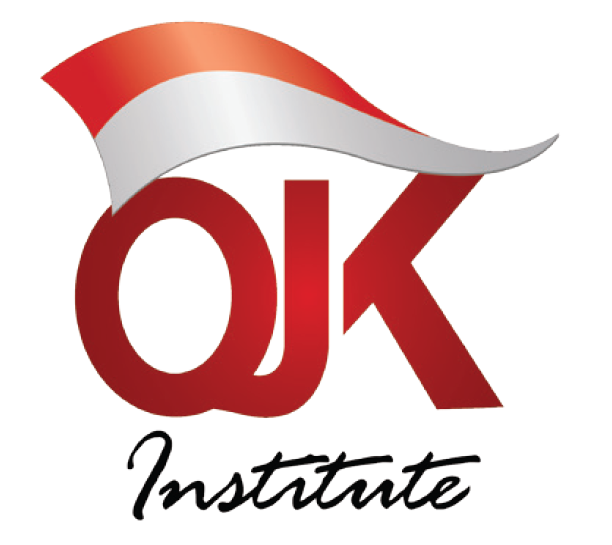Outlook of the Financial Services Industry in 2023
- 10 Januari 2023
- Lintas Sektor
- Online

Teaser
Background
In 2022, Indonesia's economic conditions will improve. Based on data from the Central Statistics Agency (BPS) for the third quarter of 2022, it is known that the value of Gross Domestic Product (GDP) reached IDR 5,091.2 trillion, an increase of 17.70% compared to the same period the previous year of IDR 4,325.4 trillion. In addition, the economic growth rate reached 5.72% (yoy), an increase compared to the previous period of 3.51% (yoy). However, on the other hand there is still an increasing threat of recession amidst the uncertainty of global financial markets. This can be seen from the high the inflation rate reached 5.42% (yoy), far from the same period in the previous year which was only 1.75% (yoy).
Therefore, during 2022 Bank Indonesia (BI) has raised the benchmark interest rate (BI Rate) 4 times. The last increase occurred last November by 50 basis points (bps) to 5.25%. The increase in the BI rate is a contractionary monetary policy to control the inflation rate, attract foreign investors to invest their funds in Indonesia and prevent investment outflows from within the country, as a result of high uncertainty in global financial markets.
In addition, the global geopolitical aspect will also be a challenge going forward where the war between Russia and Ukraine is still ongoing which has an impact on the disruption of the commodity supply chain, as well as the occurrence of energy and food crises in several regions of the world.
However, in the midst of various challenging conditions, in 2022 the Indonesian Financial Services Industry will be able to show positive performance. Based on the OJK Press Release dated 6 December 2022, in the banking sector, as of 31 October 2022, the amount of lending increased by 11.95% yoy (year on year). This indicates an increase in the performance of the real sector. In addition, the small NPL credit risk is 0.78% as a result of the implementation of the credit restructuring policy in 2022. The capital adequacy ratio is still quite high at 25.13%, which indicates a strong banking capital structure in dealing with risks and encouraging credit growth .
The performance of the Capital Markets sector also showed positive results, several indicators including the Composite Stock Price Index (IHSG) as of December 19, 2022, which was recorded at 6,779.70, an increase compared to the end of 2021 which was 6,681.5. In addition, the capitalization value of the Indonesian Capital Market as of December 17 2022 reached Rp. 9,330 trillion, with the total funds raised through a public offering of shares, bonds and sukuk reaching Rp. 226.49 trillion. This shows that the Indonesian capital market is showing very good performance and is able to survive and grow amidst uncertain global conditions. At present, the capital market has become an attractive alternative investment instrument for the public.
Based on OJK data as of October 2022, the performance of the Non-Bank Financial Industry (IKNB) sector has also shown positive results, as shown in several indicators, namely:
Insurance Companies: The capital structure is still quite strong as indicated by the Risk Based Capital (RBC) levels for life insurance and general insurance of 464.24% and 313.71%, far above the regulatory limit of 120%. The total premium was recorded at IDR 255.20 trillion, an increase of 1.81% compared to the same period last year. This shows that the performance of the insurance sector continues to show growth amidst global market uncertainties.
Financing Companies: The outstanding value of financing receivables grew 12.17% (yoy) to Rp402.6 trillion. In addition, the Non Performing Financing (NPF) ratio fell to 2.54% compared to the September 2022 period of 2.58%. This shows that the activity of the financing sector continues to show a growth trend and has good financing quality.
Peer to peer (P2P) Lending: The outstanding value of financing grew by 76.8% (yoy), an increase of Rp0.60 trillion compared to the September 2022 period to Rp49.34 trillion. Meanwhile, the aggregate credit risk level (TWP90) was recorded at 2.90%, a decrease compared to the September 2022 period of 3.07%. This shows that the P2P Lending sector recorded positive performance growth.
It is still unclear to all of us whether the performance of the Financial Services Industry that occurred in 2022 can be maintained or even increased in the coming 2023. For this reason, it is necessary to have discussions and input from regulators and economic and financial experts regarding Indonesia's economic prospects in 2023 and their impact on the performance of the Financial Services Industry.
Objective
- Provides insight into economic prospects and challenges in 2023;
- Looking at the prospects for IJK performance in 2023; And
- Preparing a strategy for the IJK to deal with potential uncertainties in 2023.
Participant
Speaker
-
Henry Rialdi (Kepala Departemen Surveillance dan Kebijakan Sektor Jasa Keuangan Terintegrasi OJK)
-
Firman Mochtar (Direktur Eksekutif Departemen Kebijakan Ekonomi dan Moneter Bank Indonesia)
-
Andry Asmoro (Chief Economist Group PT. Bank Mandiri, Tbk.)
-
David E. Sumual (Chief Economist PT Bank Central Asia Tbk)

